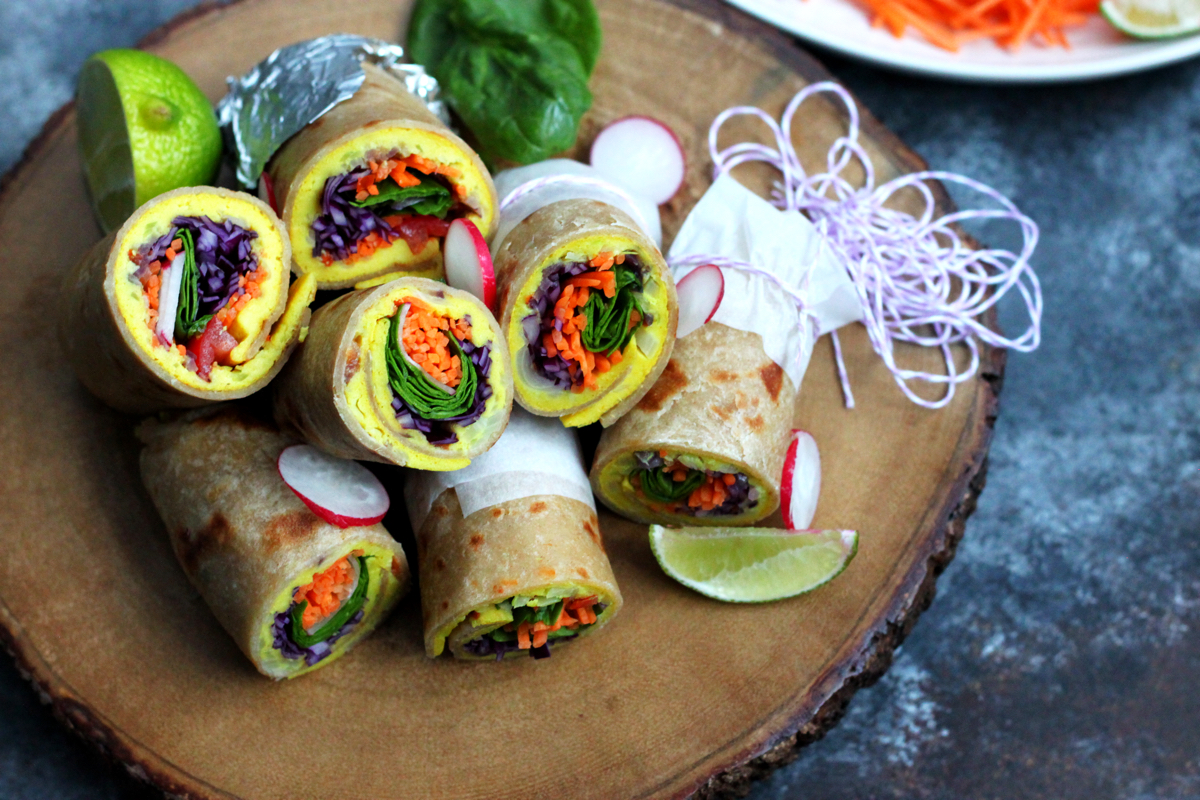
I’ve always been slightly bitter that I could never appreciate the beauty of a breakfast burrito. Don’t worry, I most certainly haven’t fallen off the vegetarian bandwagon. For me, the idea of something so filling, flavoursome and not to mention, gigantic for breakfast makes me weak at the knees. I’m that person who gives breakfast burrito street stalls serious side eye as I pass by. Jealousy.
All of this was true up until the point of discovering the ‘Rolex’. Nope, we’re not chowing down on eye-wateringly expensive watches for breakfast; We’re eating spicy omelettes with onions, chillies, shredded cabbage and tomatoes, all wrapped in hot, flaky flatbread.
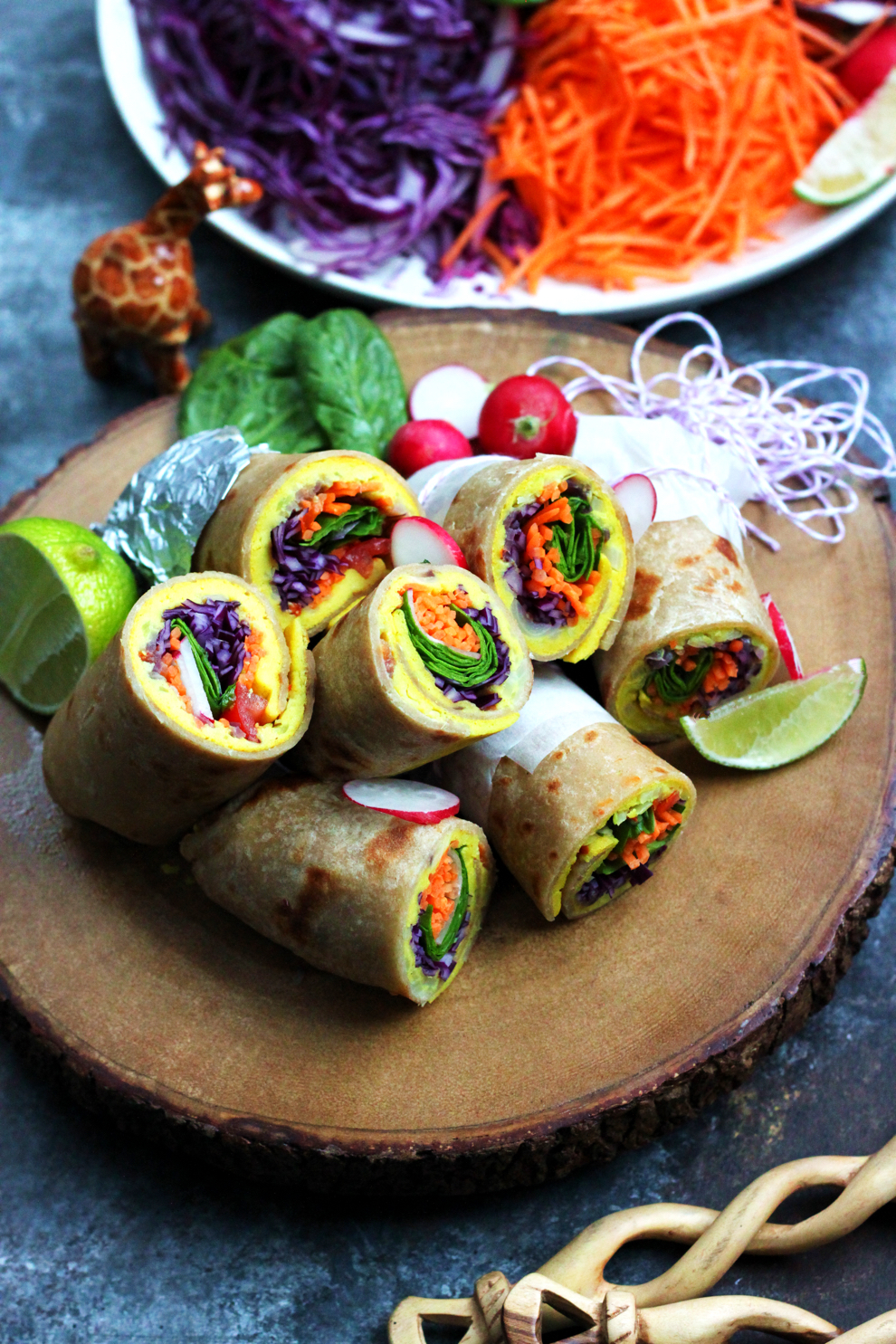
Found on the bustling, buzzing streets of Kampala, Masaka and dozens more towns and cities in Uganda, Rolex is one of the most delicious and underrated street foods you’ll come across in East Africa. A beautiful combination of textures and flavours, in a portable roll for eating on the go. It’s so popular, there’s an entire festival dedicated to it. Any festival dedicated to something that resembles a burrito is my kind of festival.
One day we’ll all go there and stuff our faces. Deal?
Like many words in the Swahili language, this dish is named after the way it sounds. The term ‘Rolex’ comes from ‘rolled eggs’. If you say it as quickly as you would eat it, it all makes perfect sense. This is what I love about listening to people speak in Swahili.
Growing up, much of the Gujarati we spoke at home was influenced by the Swahili language. It was woven so deep into our vocabulary that if you asked me now what the Gujarati words for everyday things are, I wouldn’t be able to tell you. That’s because I’ve been replacing them with the Swahili words my whole life.

How cute is this little giraffe I bagged during my last trip to Mombasa?
In our family, we mash up Gujarati and Swahili words left, right and centre, creating a sort of pidgin Gujarati peppered with the Swahili nuances and colloquialisms our parents and grandparents once embraced.
Here are some of my favourite Gujarati-Swahili words that have made it into our everyday conversations:
Sufariyu (Bowl)
Fhangusa (To mop the floor)
Sahani (plate)
Pasi (Iron)
Kata (to cut) – we use this to refer to thorns on plants. For example, Bharti ben ne kejje ke laal phool nahi adhe, boh kata che.”
It works the other way, too. Gujarati words have been adopted by the Swahili language. The word, ‘goti’ meaning ‘knee’ has been adapted to ‘gotli’ to refer to the stone inside a mango, because it literally resembles a small kneecap. Gujarati convention simply inserts an ‘L’ to indicate the diminutive. So to Gujaratis in East Africa, ‘Gotli’ = mango stone/little knee.
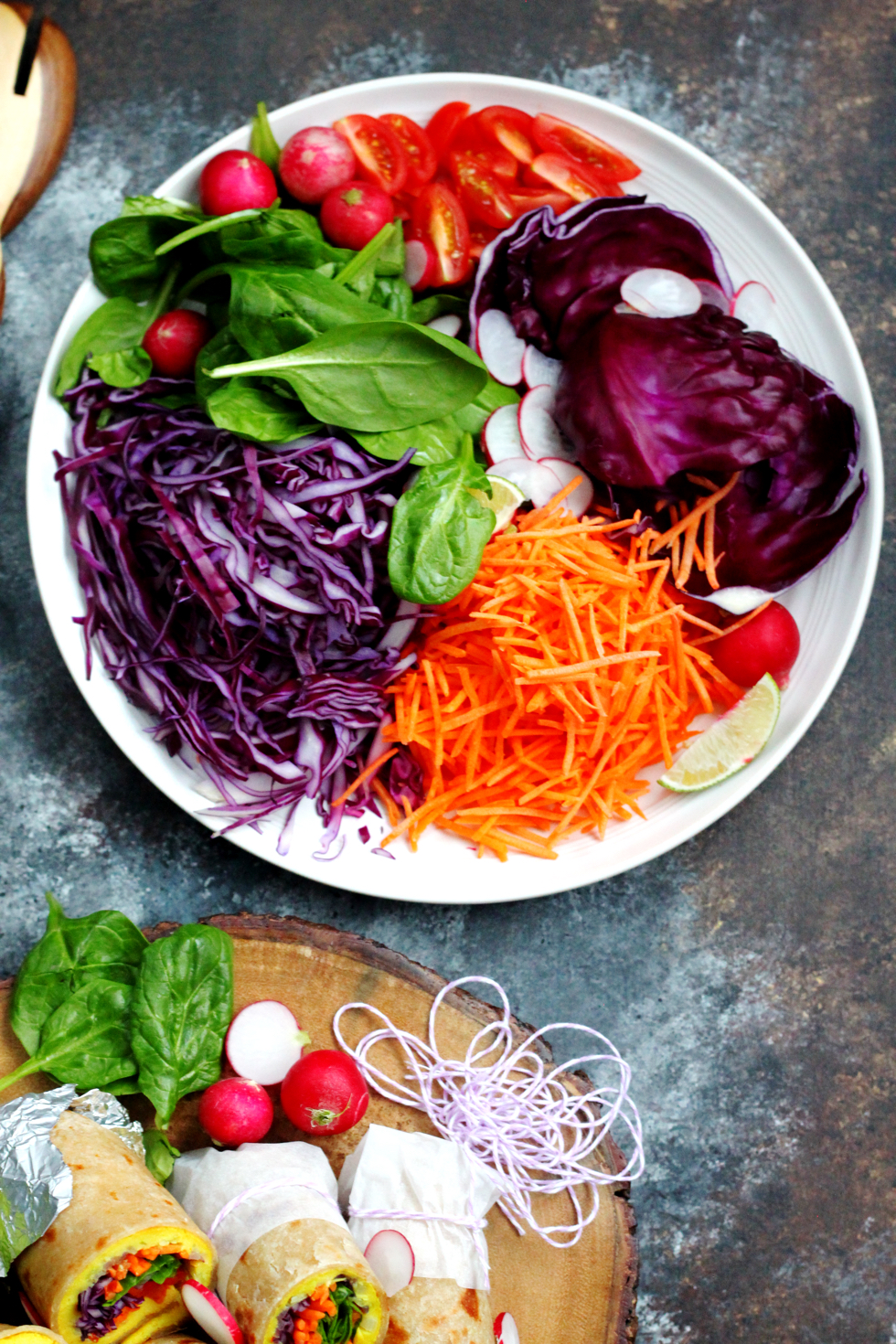
You’ll notice that a tonne of these hybrid words relate to eating and sleeping; the favourite pastimes of every Gujarati.
Let’s get cracking with the omelettes, shall we? Sorry, but I love a pun. My omelettes have been veganized using super-healthy tofu, blended up with chickpea flour, spices and then laced with veggies. The result is soft and light with just the right kind of wobble and texture you’d expect from a traditional omelette. They also hold their shape like a dream. Each vegan omelette is then wrapped in a Kenyan-style Chipati (flaky flatbread) and rolled into a cigar. You could also use a tortilla wrap or paratha if you like. I stuffed them with a rainbow of shredded vegetables which isn’t entirely traditional but it’s good for you and tastes divine.
Kenya-style chipati is a version of Indian chapattis. They’re made with plain flour and rolled thinly for a slightly chewier texture in comparison to Indian chappatis. Make them first and the omelettes second before rolling up the Rolex. The Kenya-style chipati are delicious with dishes like Sukuma Wiki and are perfect for rolling up with these tofu omelettes inside. If you’re not up for making your own chipatis, you could also use the frozen chappatis or paratha you get in your local Indian supermarket. I’ve tried this recipe with this brand before and it works a treat.
And there you have it – a crazy-delicious breakfast or brunch treat to go along with masala chai. Serve them with chips for a tea-time treat you’ll crave at least once a week.
P.S. Breakfast burritos, I’m over you.
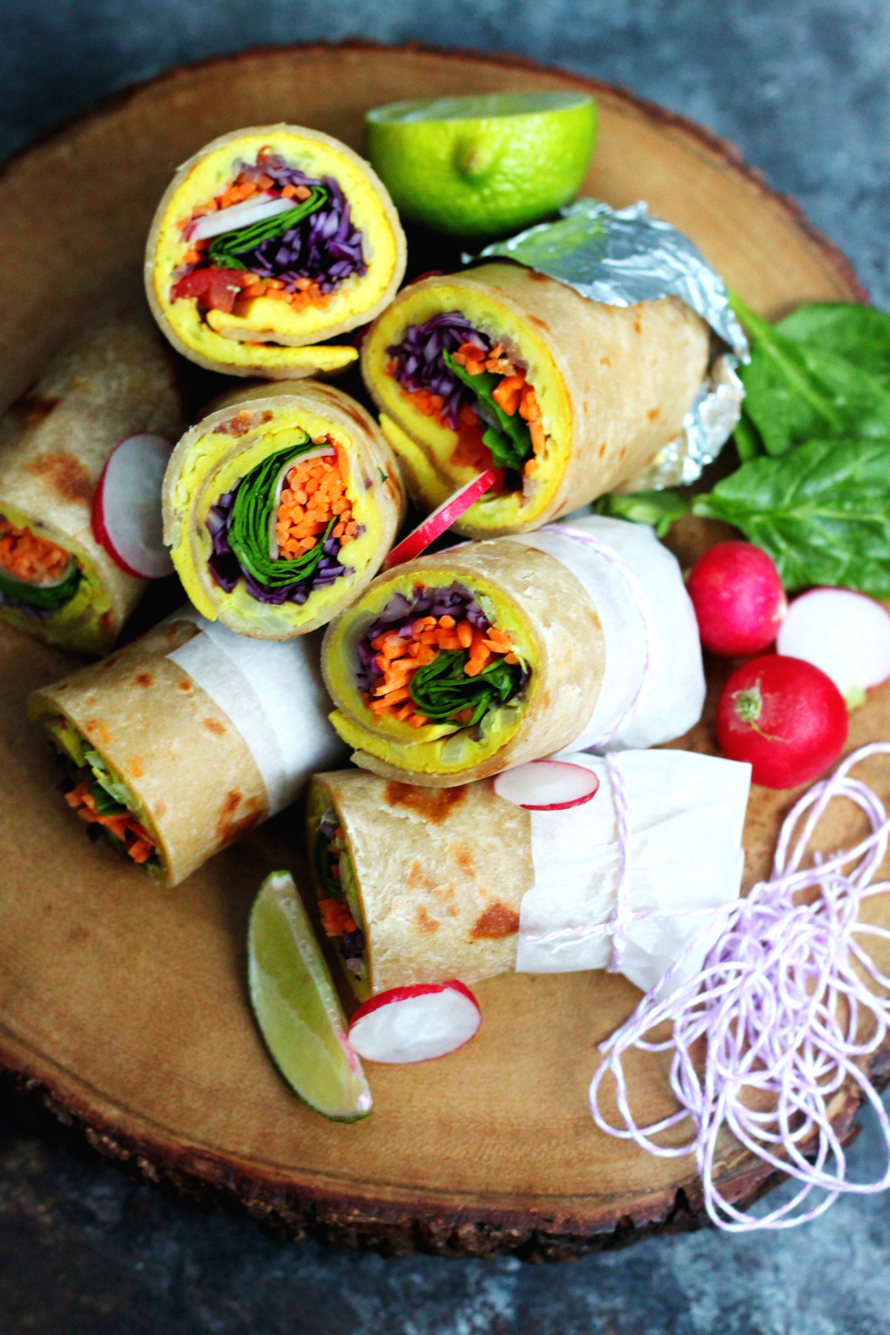
Ugandan Rolex – East African Breakfast Wraps Rolled with a Vegan Omelette Inside
Makes 6-8
Ingredients
For the vegan omelettes
500g medium firm tofu, pressed
80g chickpea flour
1 tsp cornflour
1/2 tsp turmeric
1/4 tsp black salt
2 green chillies, chopped finely
2 inch ginger, grated
Pinch of salt
1/2 red onion, chopped finely
1 tomato, chopped finely
100g cabbage, chopped finely and cooked
100ml aquafaba (water from a can of chickpeas)
To roll inside the rolex
½ small red cabbage, shredded
200g spinach leaves
3 carrots, grated
100g radishes, sliced finely
Method
1. To make the omelettes: Blend the tofu until smooth.
2. Place the chickpea flour, cornflour, aquafaba, turmeric, black salt, green chillies, salt and ginger in a large bowl. Add the tofu and whisk until smooth. Set aside for 10 minutes.
3. Grease a non-stick frying pan with oil and heat the pan over a medium/low flame.
4. Place a ladle full of vegan omelette batter in to the pan. Scatter with chopped onion, cabbage and tomatoes. Cook until the top of the vegan omelette sets lightly but still has a little bit of a wobble. The base should be golden.
5. Flip and cook the other side for 20-30 seconds.
6. Place a chipati directly on top of the cooked vegan omelette while it’s still in the pan. Remove the chipati and omelette stack and place on a board. Fill with shredded red cabbage, spinach, carrots and radishes. Roll tightly and wrap in foil. Allow to sit for 5 minutes before serving. This ensures the wrap doesn’t fall apart.
7. Repeat for the rest of the rolex.
For the Kenya-style Chipati
Ingredients
250g plain flour, plus more for rolling
40ml sunflower oil
125ml boiling water, or enough to make a soft dough
Method
1. Add the flour to a large bowl and make a well in the middle.
2. Pour the oil into the well and top up with the boiling water.
3. Use a spoon to mix the dough until it’s cool enough to handle. Use your hands to bring the dough together. Knead for 5 minutes until smooth and soft.
4. Make small ping pong ball-sized pieces with the dough. Keep some flour on a plate for rolling.
5. Get another plate lined with kitchen paper and keep your butter handy.
6. Place the cast iron hot plate or a frying pan on a medium heat. Leave it for 5 minutes.
7. Get your rolling board and rolling pin ready. Keep a wet sponge under the board so it doesn’t move.
8. To start rolling, take a piece of dough and roll it between your palms, flattening it slightly. Dip each side in flour.
9. Roll it once up and down with the rolling pin and then take a pinch of flour. Place it in the middle of the dough and then use your index fingers and thumb to pinch it closed, starting from the outer edges. This step isn’t something everyone traditionally does but is what my mum taught me for soft chipati that rise.
10. Next, flatten the dough using your palm and again, dip each side in flour. Now, begin rolling the dough in a circular motion, teasing the dough to move around with your rolling. If you can’t do this, pick the chipati up with one hand and move it around yourself. The aim is to create a perfectly round, even surface and a flatbread that’s around 2mm in thickness and 6-7-inches in diameter.
11. Place the chipati on the cast iron hotplate and cook until little bubbles appear on the surface – around 10 seconds. Flip it.
12. Cook it on the second side until small, even brown spots appear all over the bottom of the chipati – around 30 seconds. Flip it.
13. Now, this is the rising side. Don’t worry if your chipati don’t rise the first few times you try it. It comes with practice. They’ll still taste delicious. Cook until darker, less evenly-spread patches appear on the bottom. Around 15-20 seconds. Flip it and place it this side up on your kitchen paper-lined plate.
14. Repeat this process for all of your chipati until you have a stack.
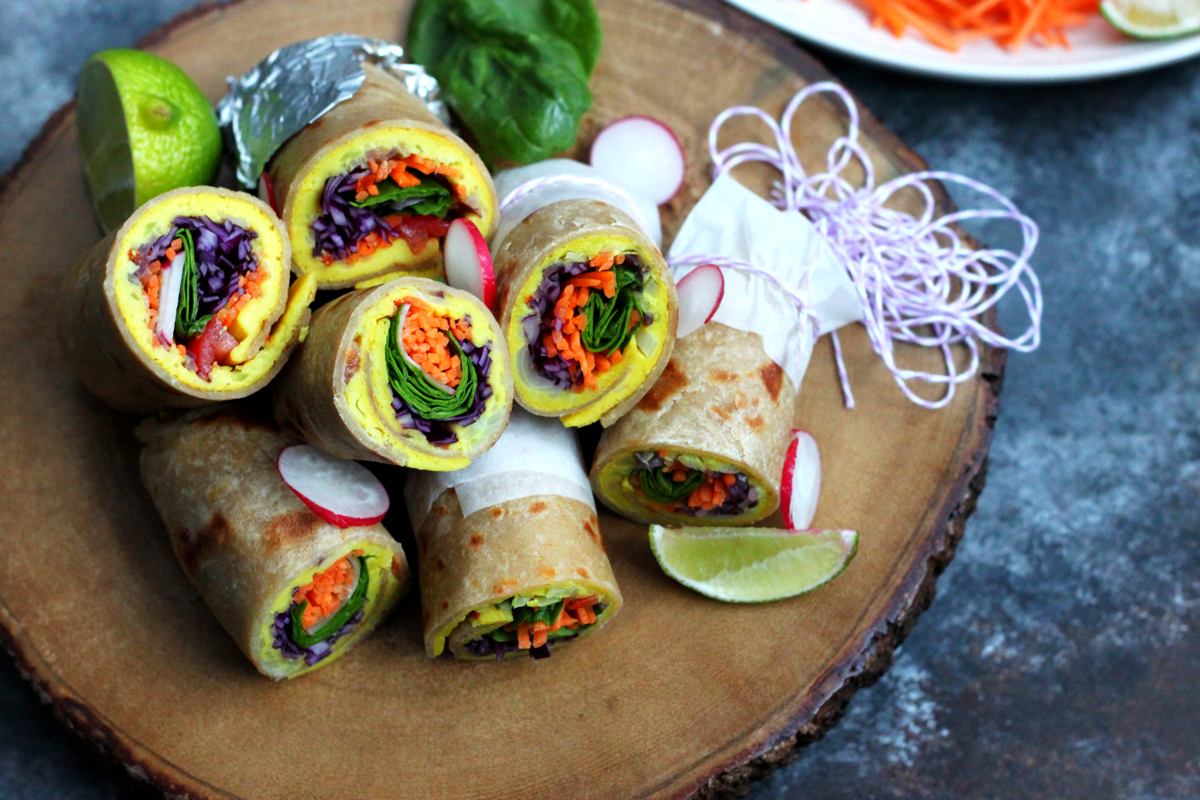
Love Sanjana

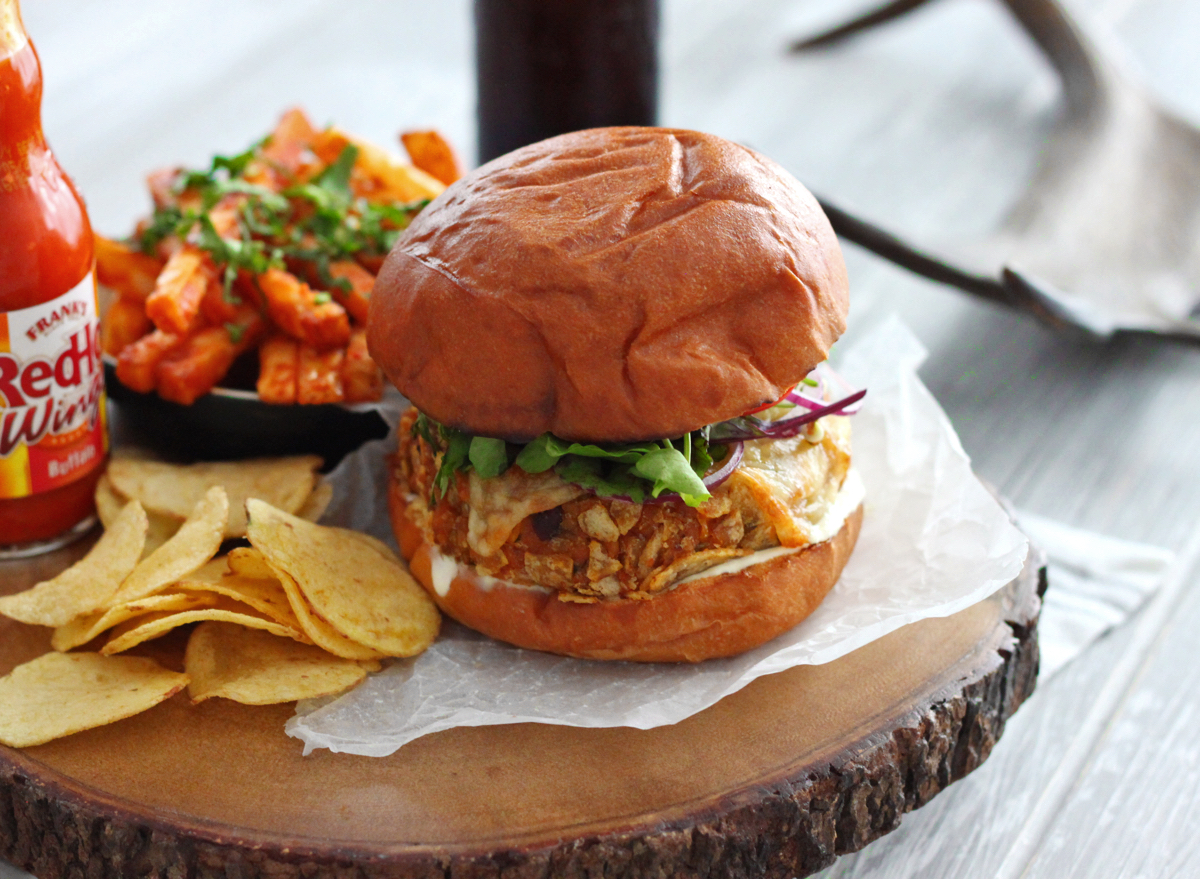


clique para ir para a fonte
Wednesday 30th of December 2020
Um relógio possui resistência a new água de 5atm, sendo assim resistente a banhos de chuveiro, chuva, contato com água ao limpiar as mãos entre diferentes situações com contato leve a água.
KP
Friday 25th of September 2020
On our menu today!! Soooo looking forward to these!
Makai Paka & Maraghwe Bhajiya
Wednesday 2nd of September 2020
[…] Ugandan Rolex: East African Breakfast Wraps Rolled with a Vegan Omelette Inside […]
Newtown Slot Game Indonesia - 918indo.com
Sunday 6th of October 2019
I loved this post! I read your blog fairly often and you are always coming out with some great stuff. I will shares this on my facebook, instagram and some of my loyalty followers. Great jobs! Keep work it with it.
akun resmi 918kiss - 918indo.com
Sunday 6th of October 2019
I loved this post! I read your blog fairly often and you are always coming out with some great stuff. I will shares this on my facebook, instagram and some of my loyalty followers. Great jobs! Keep work it with it.